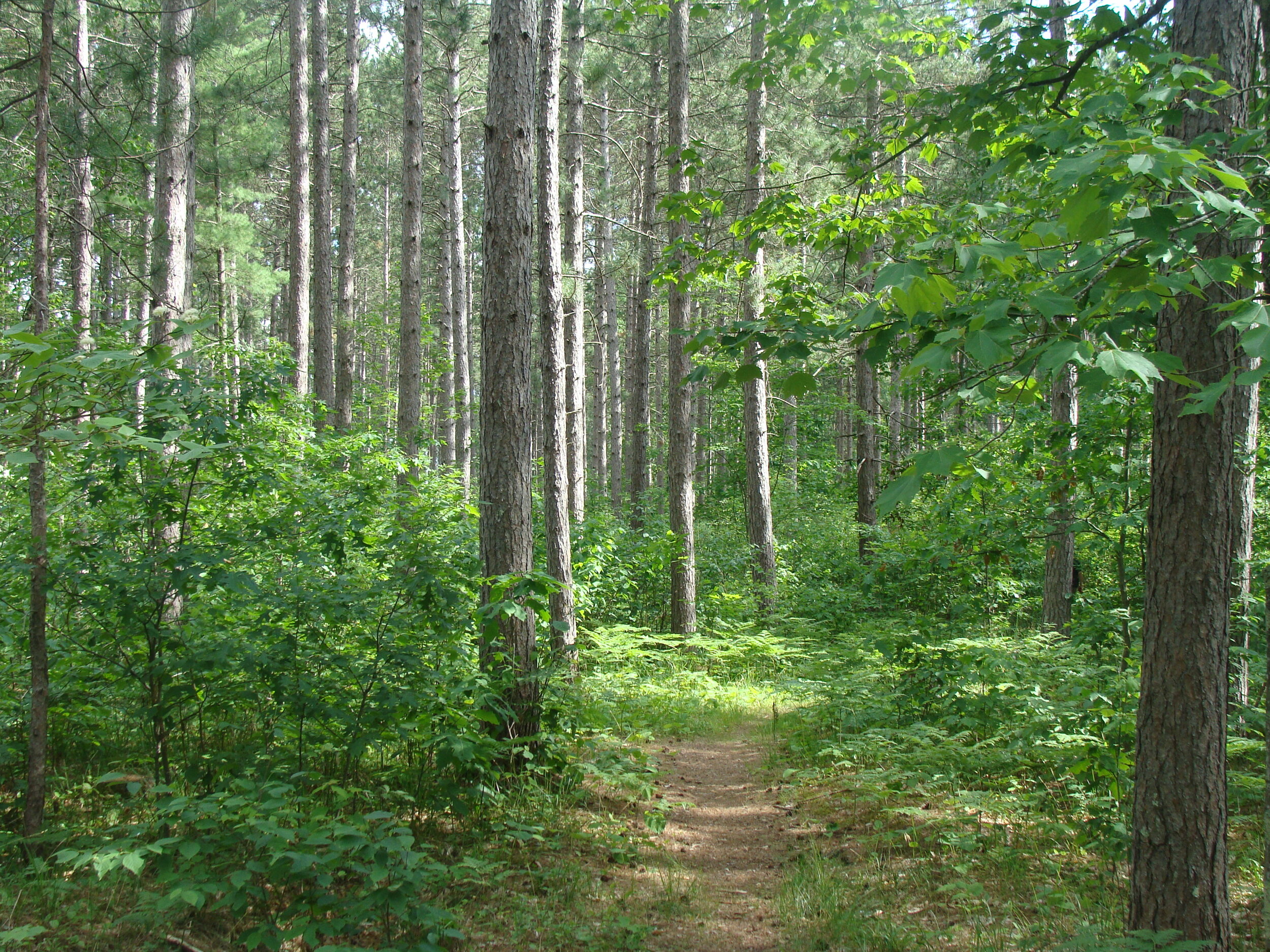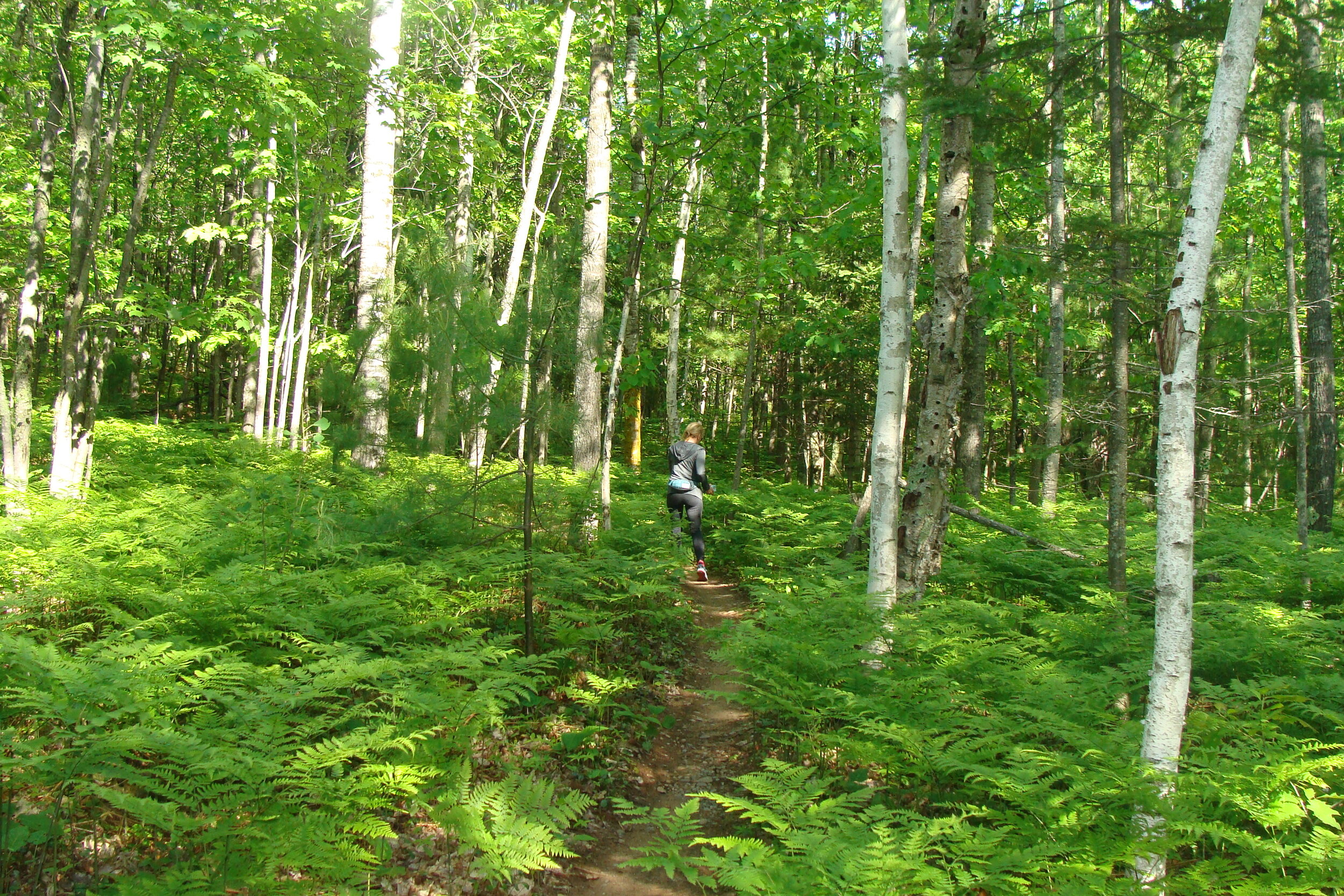The Bois Brule River (translated from Ojibwe meaning “burnt wood”) is a revered and storied waterway, with hundreds of years of tales to tell. The ancestors of the birch trees along the riverbanks provided inspiration—and raw materials—for the earliest canoes of the Chippewa. The intrepid voyageurs followed during the heady days of the fur trade. Canoeists on the Brule today enjoy the same postcard scenery around every bend, including a few colossal white pines soaring skyward, providing ideal perch and nesting sites for bald eagles.
I’ve mentioned the Brule with affection and reverence on many occasions in my books and this chapter celebrates the river from on high. This short, exhilarating hike leads to the top of Stony Hill with an overlook perched above the river valley for a predictably stunning view including Little Joe and Doodlebug rapids far below.
Breathing deep of the forest’s smells and spirit is sweet elixir in its own right and this trail complements the experience with interpretive signs packed with engaging information and stories about this area’s rich history. In fact, hiking the loop clockwise (as related here) takes you on a past to present tour while counter-clockwise is a back-in-time trek. From the trailhead, the cozy trail curves gently through a stand of skyscraping red and white pines on delightfully spongy tread made of layers of pine needles and organic duff.
Take a moment to reflect to the proud and deep past of the Sioux and Chippewa Indians living here long before the appearance of European explorers and settlers. The river valley provided abundant hunting grounds and locations to establish camps, two ingredients that also attracted fur traders that leveraged the Brule as a critical route inland. One legendary explorer, Daniel Greysolon DuLhut was tasked with traveling here to inspire peace between the Sioux and Chippewa and ensure continued success of the fur trade.
Along the trail are markers emblazoned with a bare foot (left one) for a fun take on leading the way and they soon take you to the summit of Stony Hill. A pair of benches await for extended lingering and ogling time of the valley. The last stretch of trail from Stony Hill is downhill, for an easy cruise back to the trailhead.
Why this place matters
The Brule River State Forest host three distinct ecosystems in the Lake Superior Clay Plain, Mille Lacs Uplands and Bayfield Sand Plain, making for a highly diverse landscape including more than 40 endangered and threatened animal species. The area also retains a unique potential for restoration of boreal forest spruce-fir cover along with pine, birch, cedar, maple, aspen, and tamarack.















